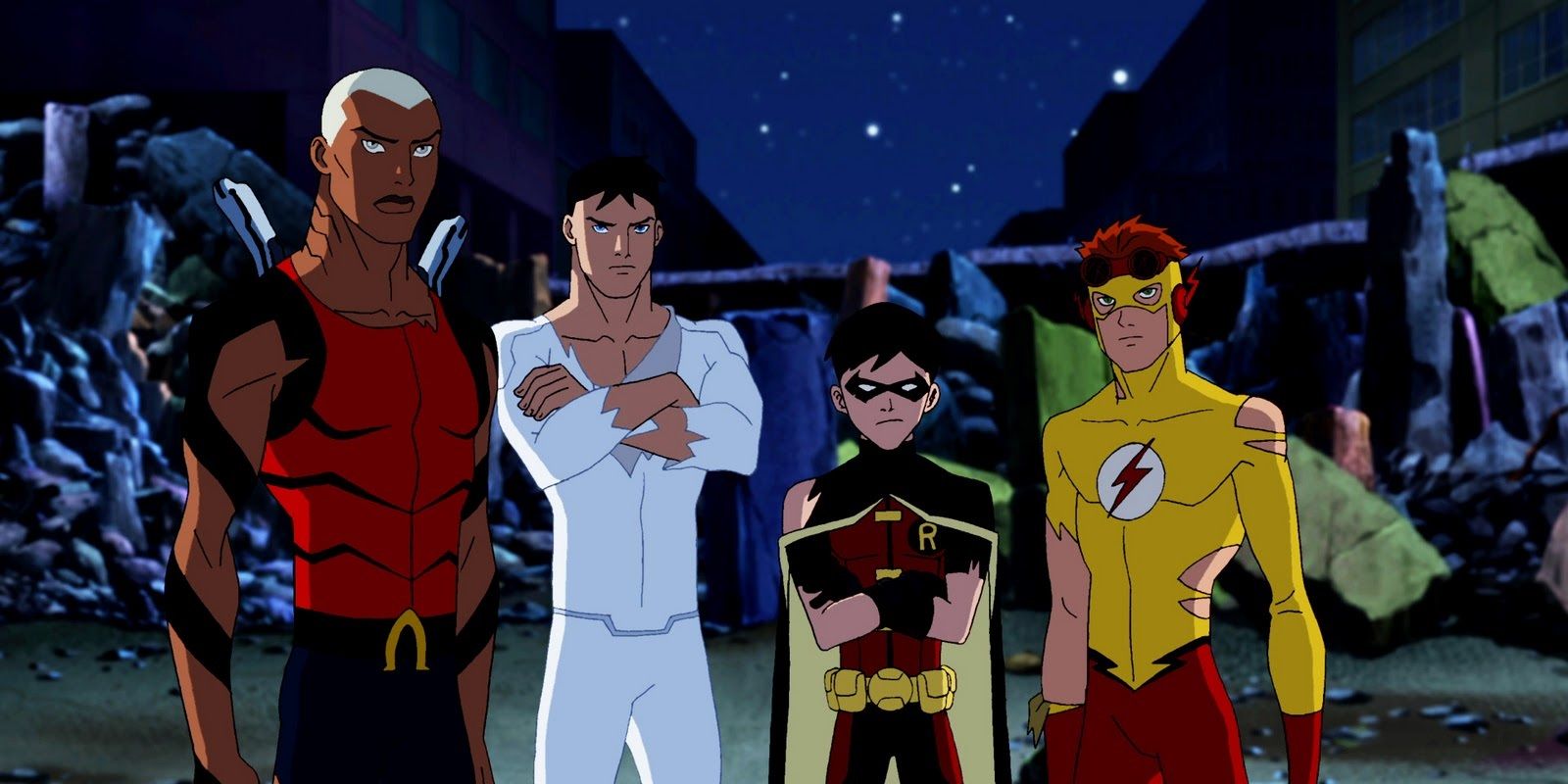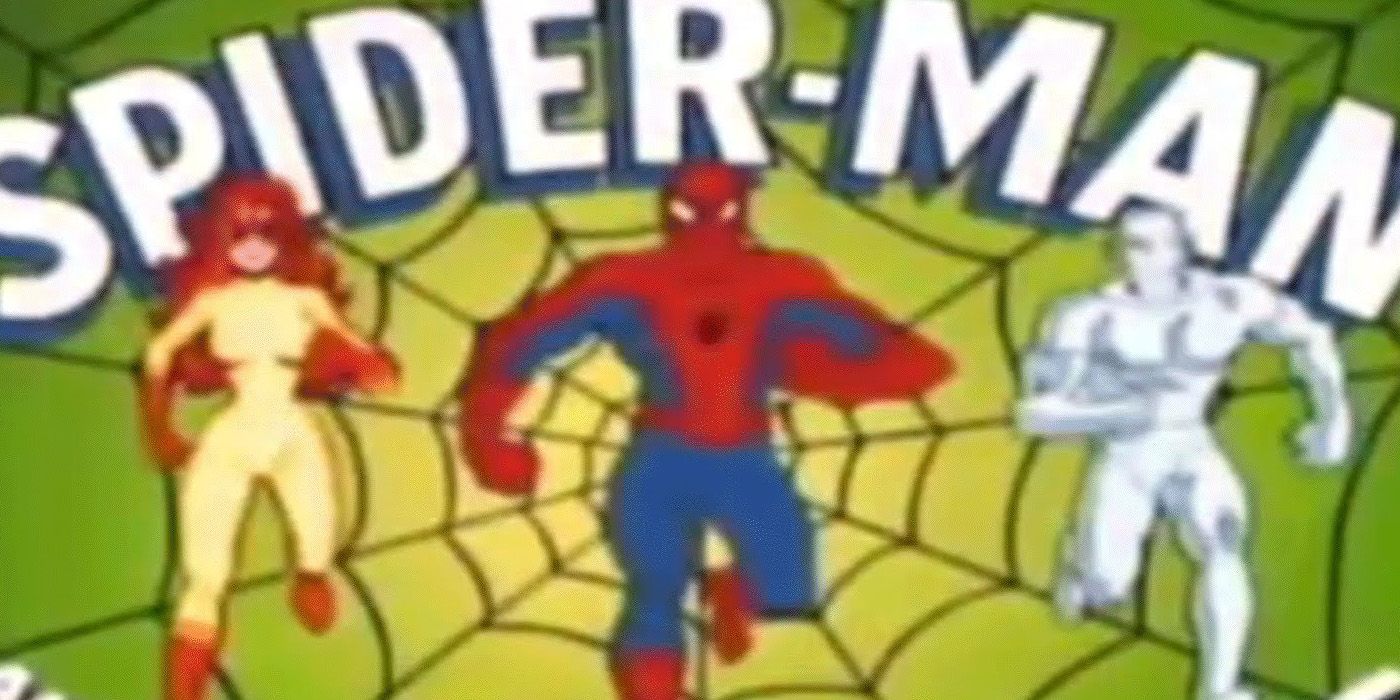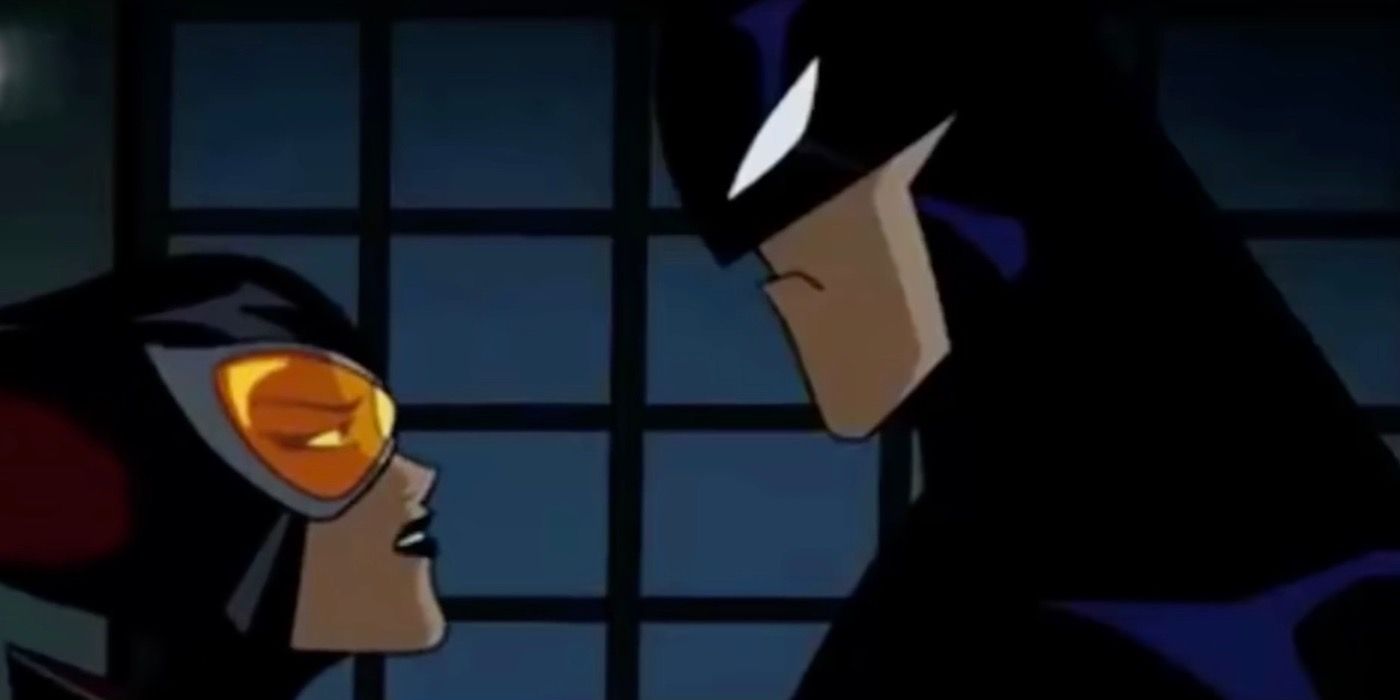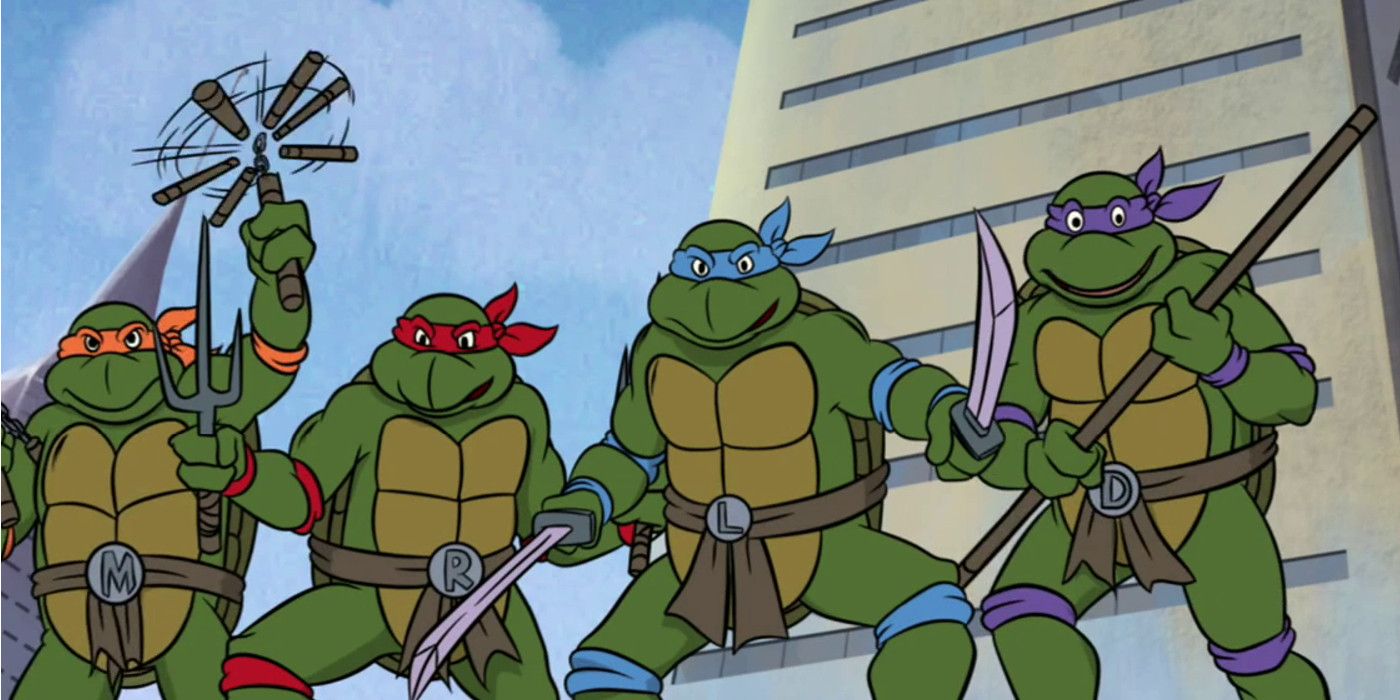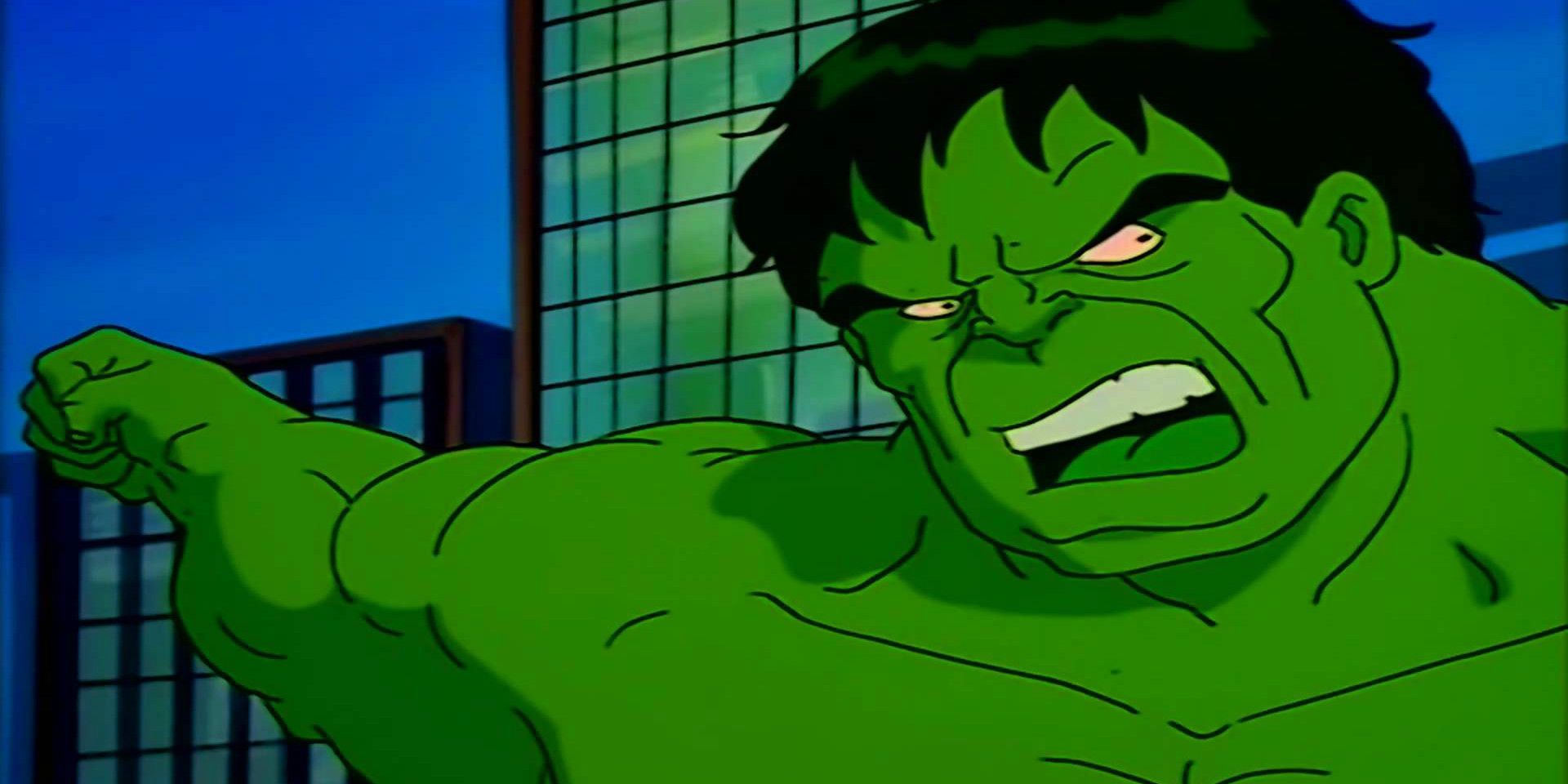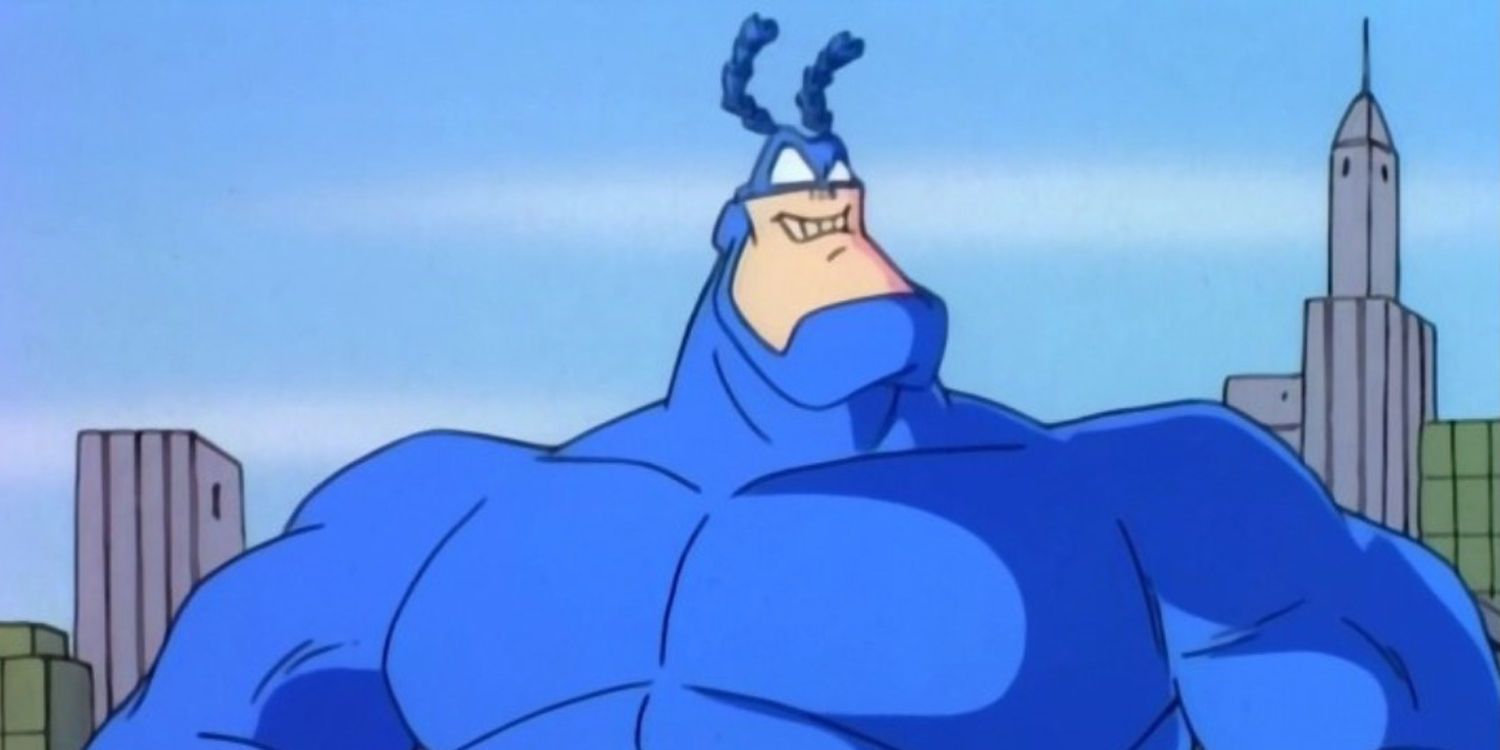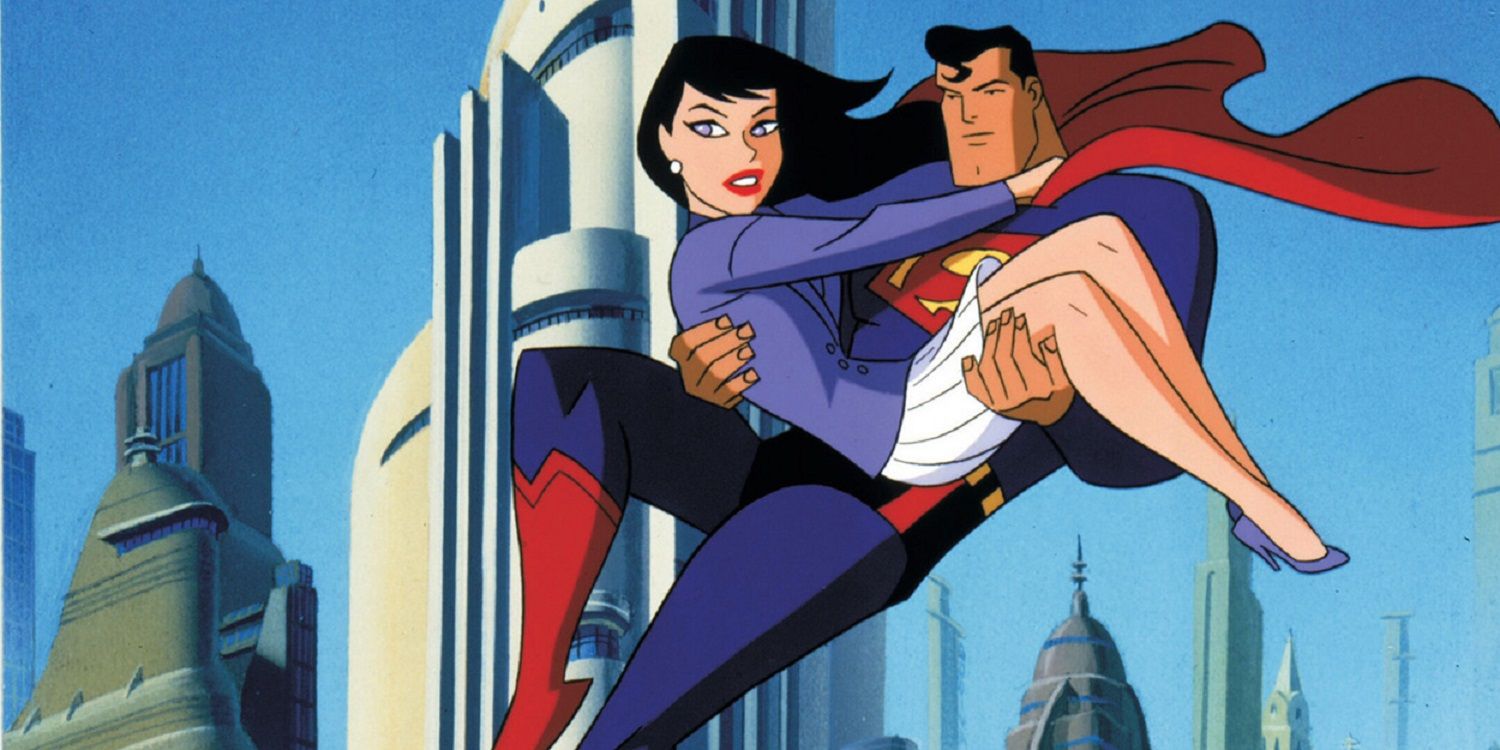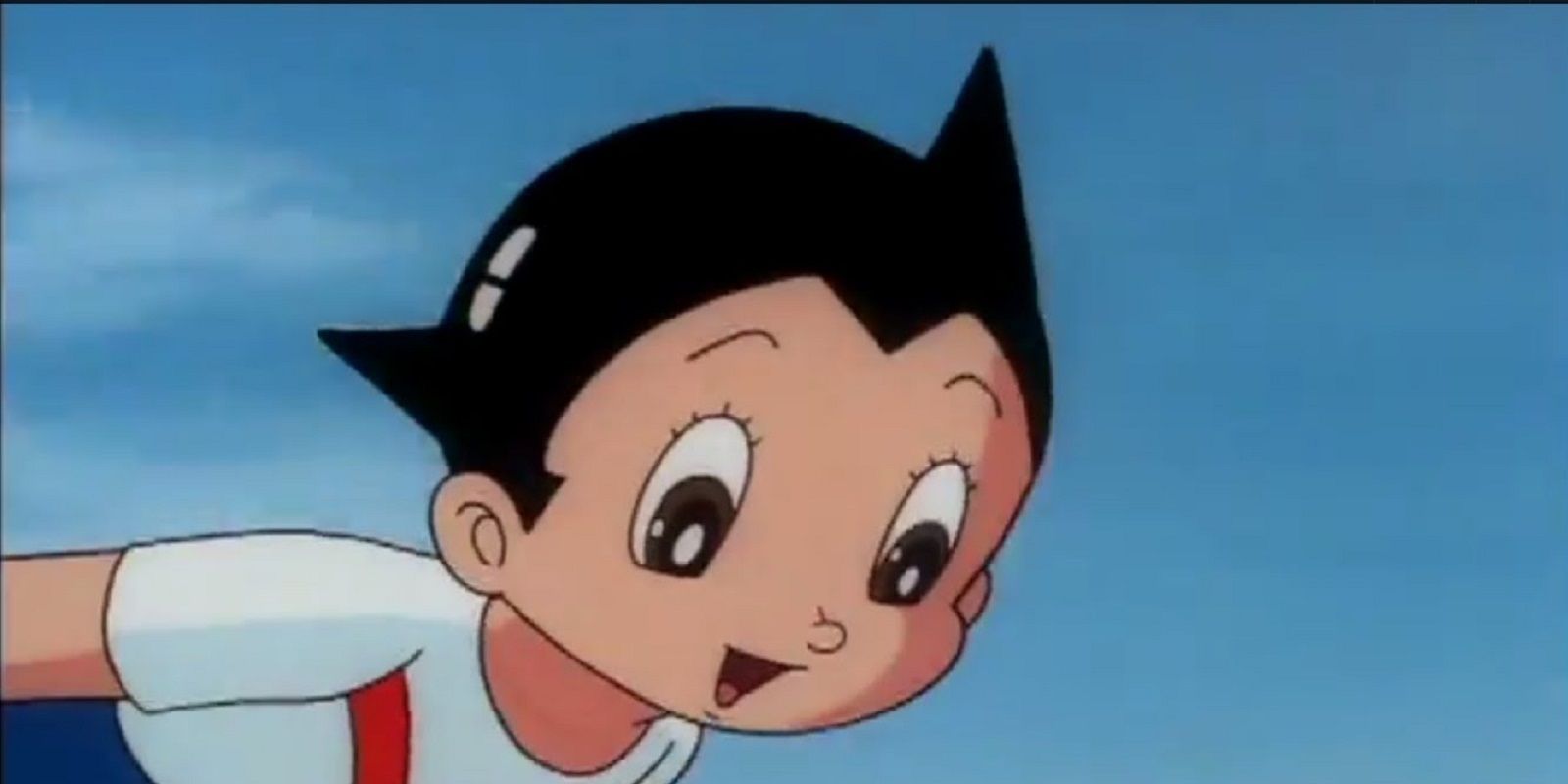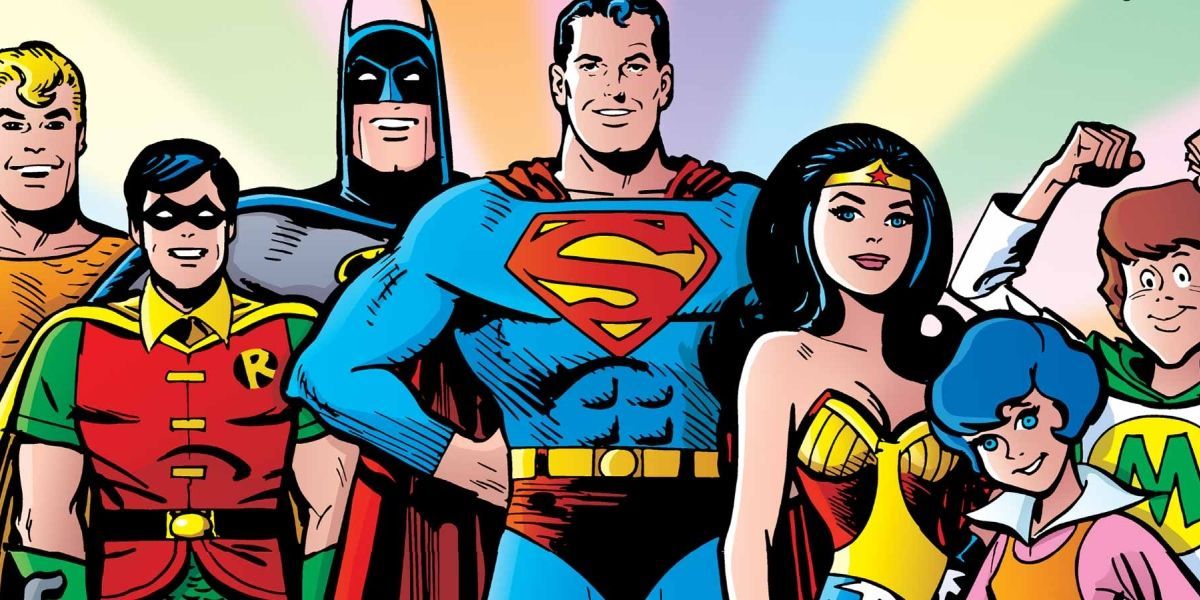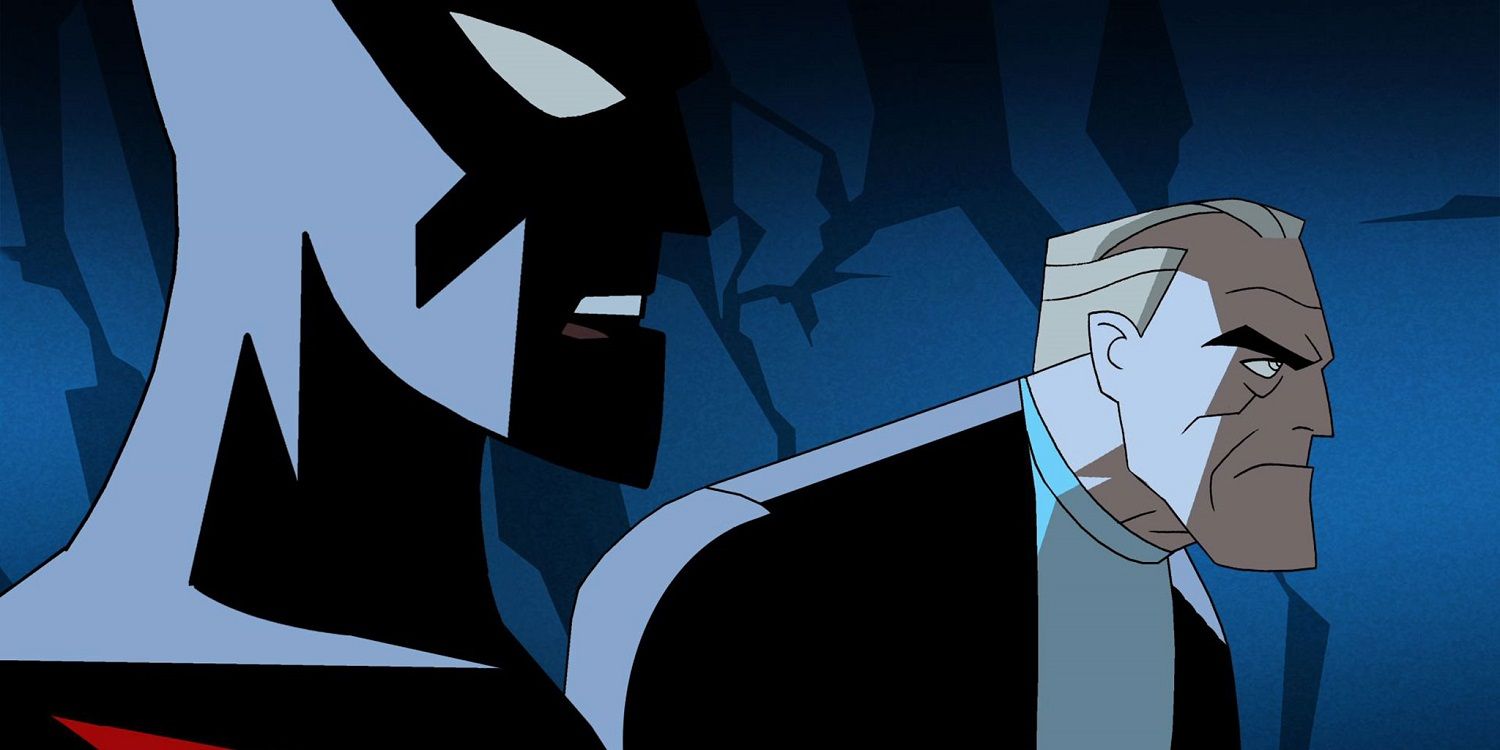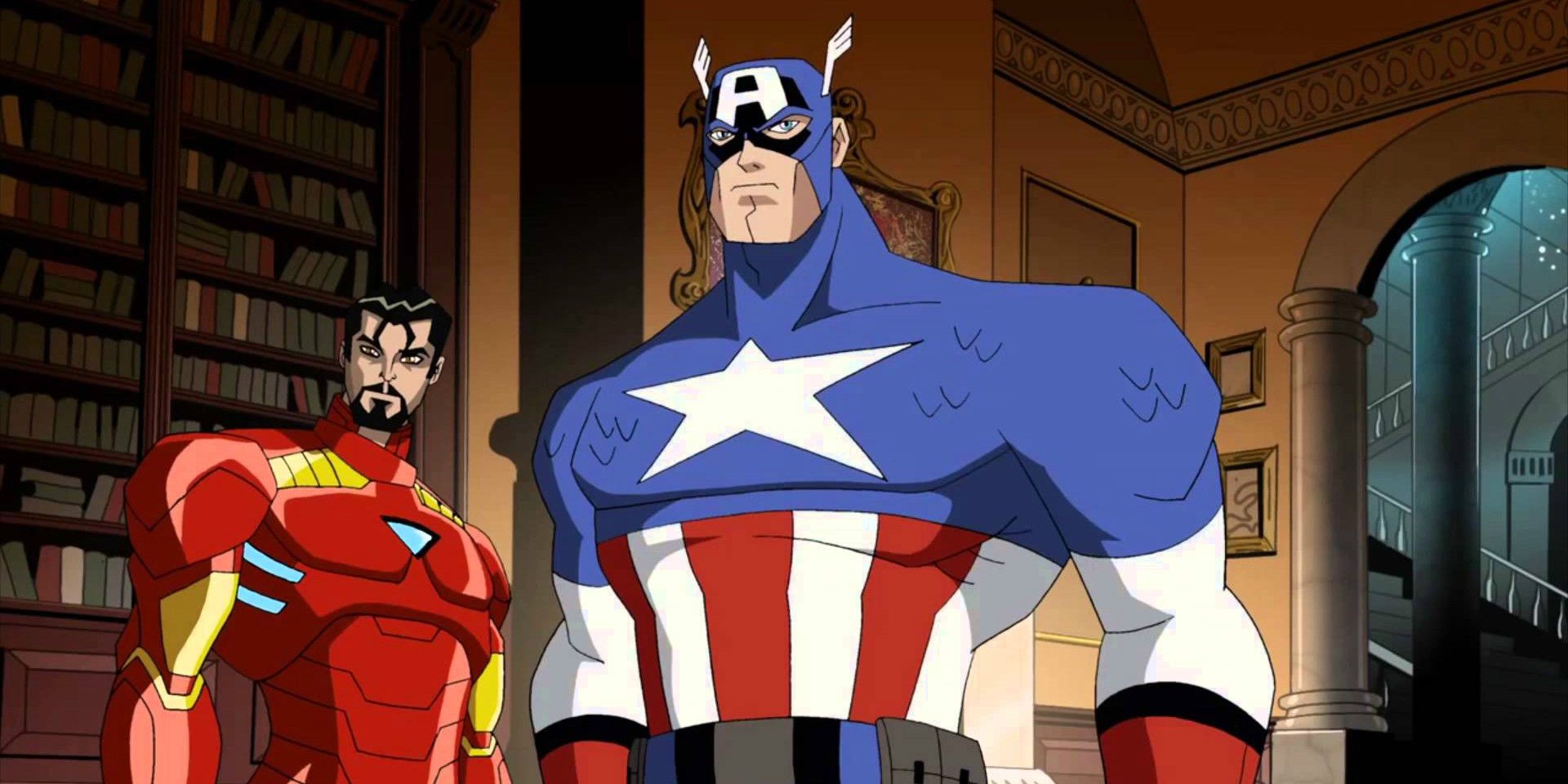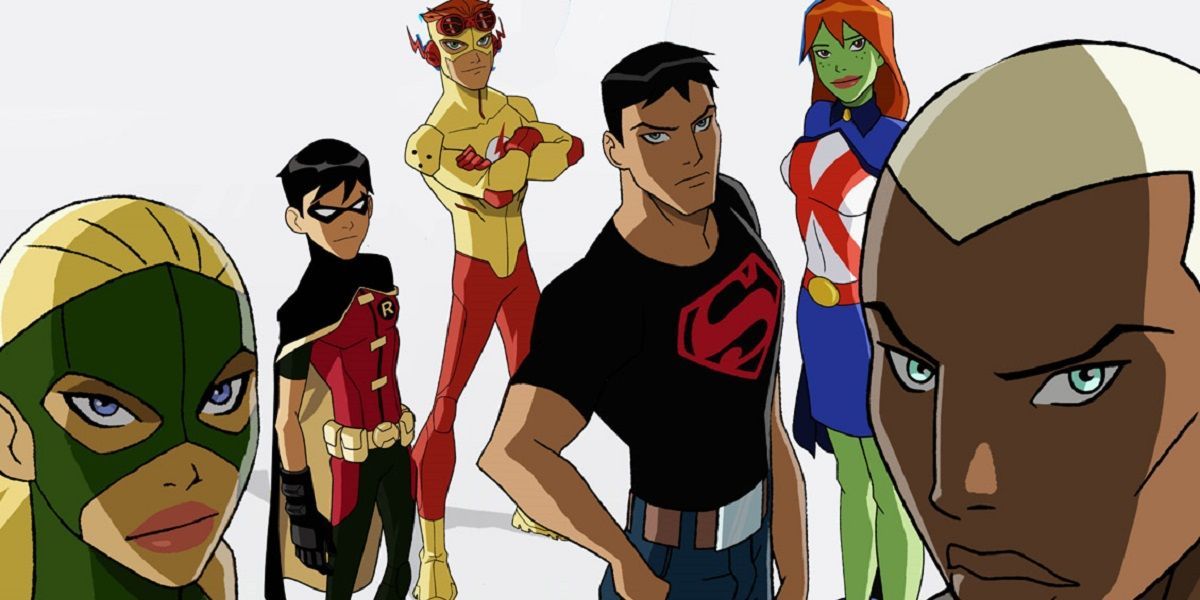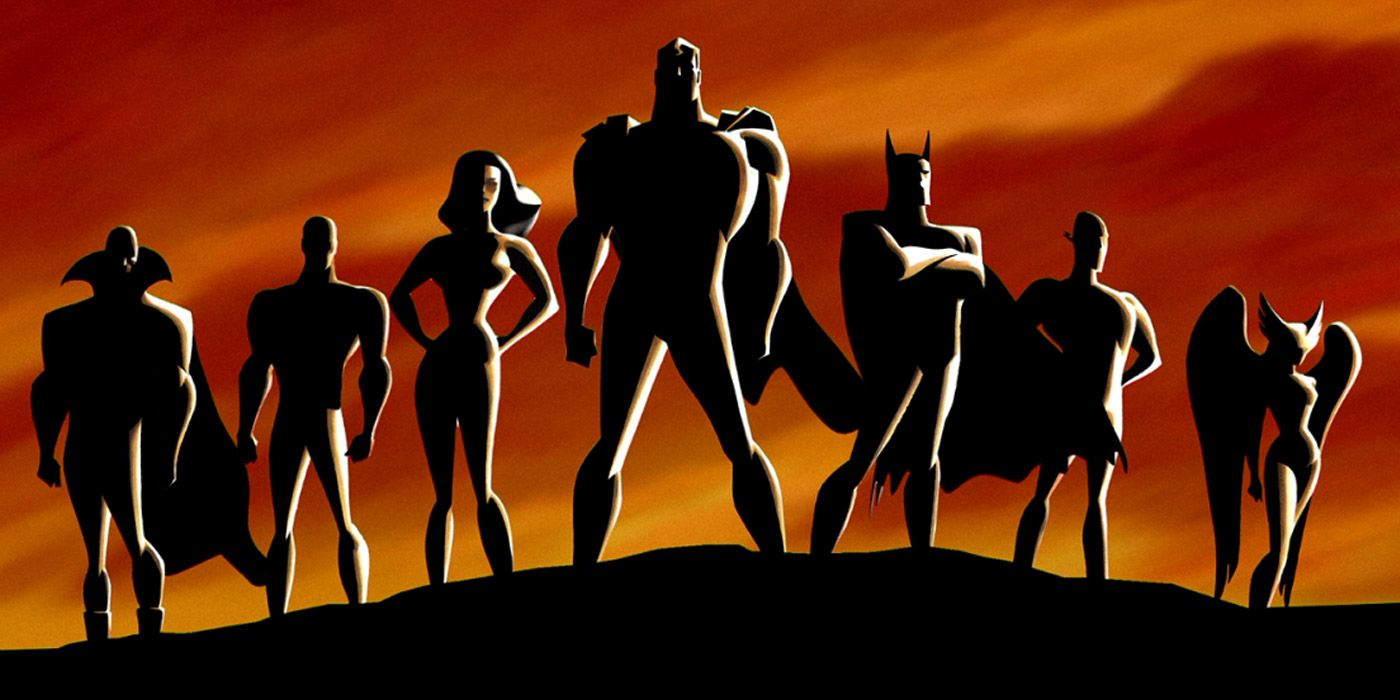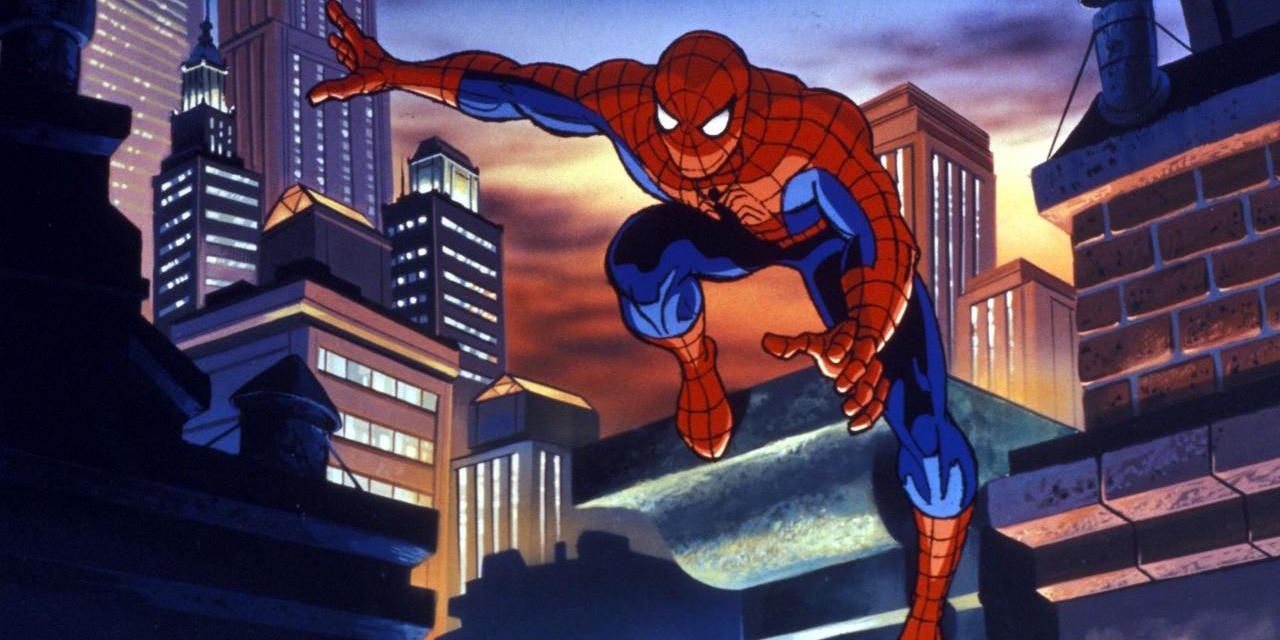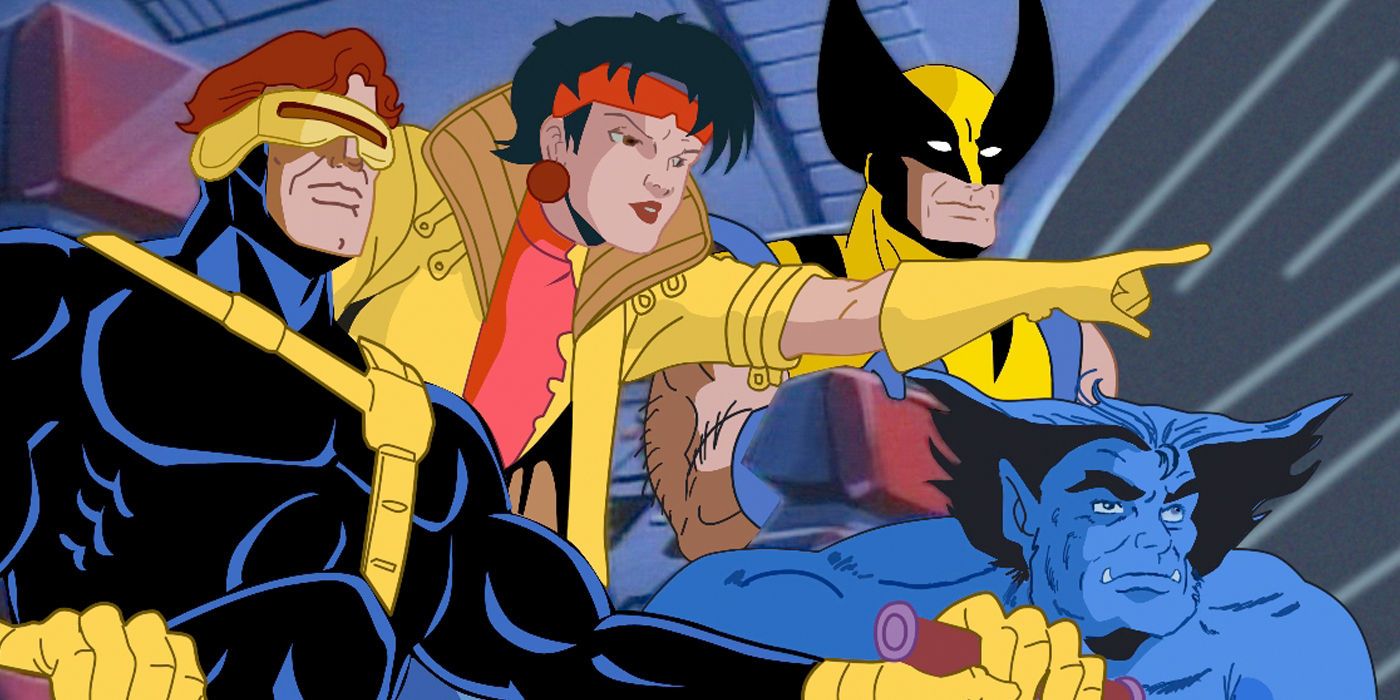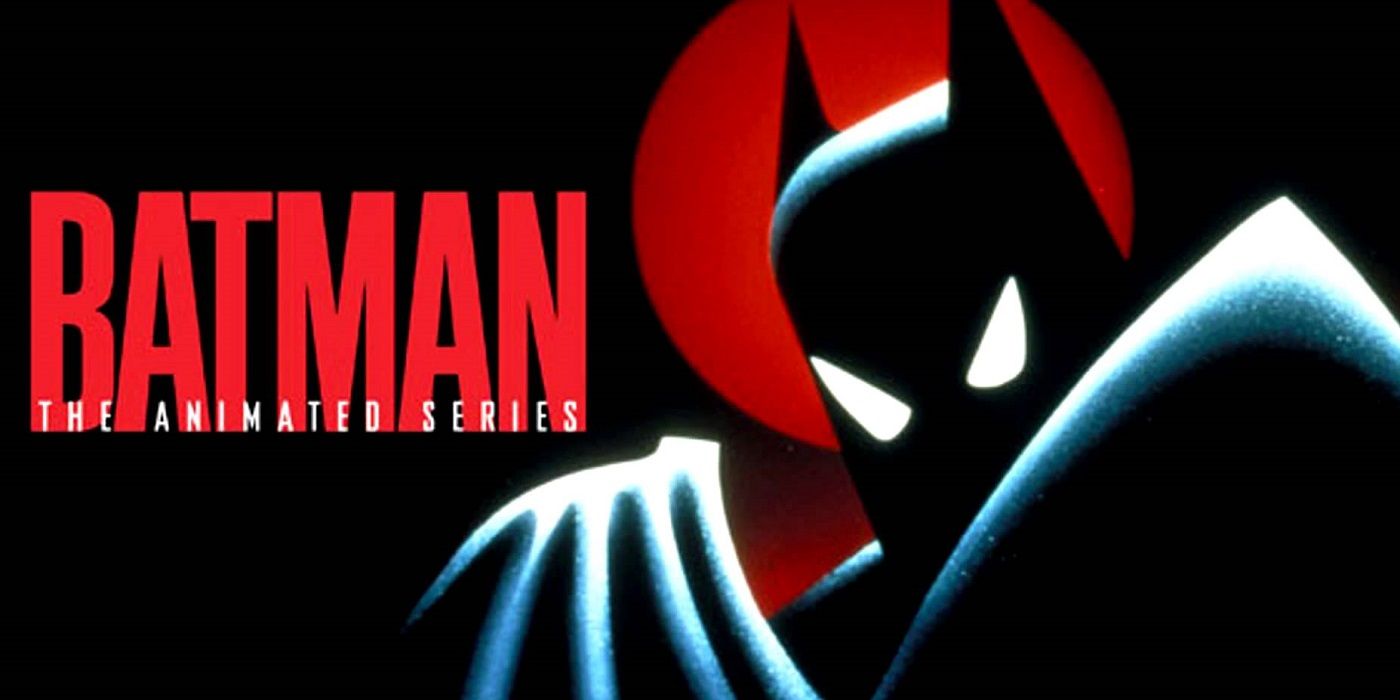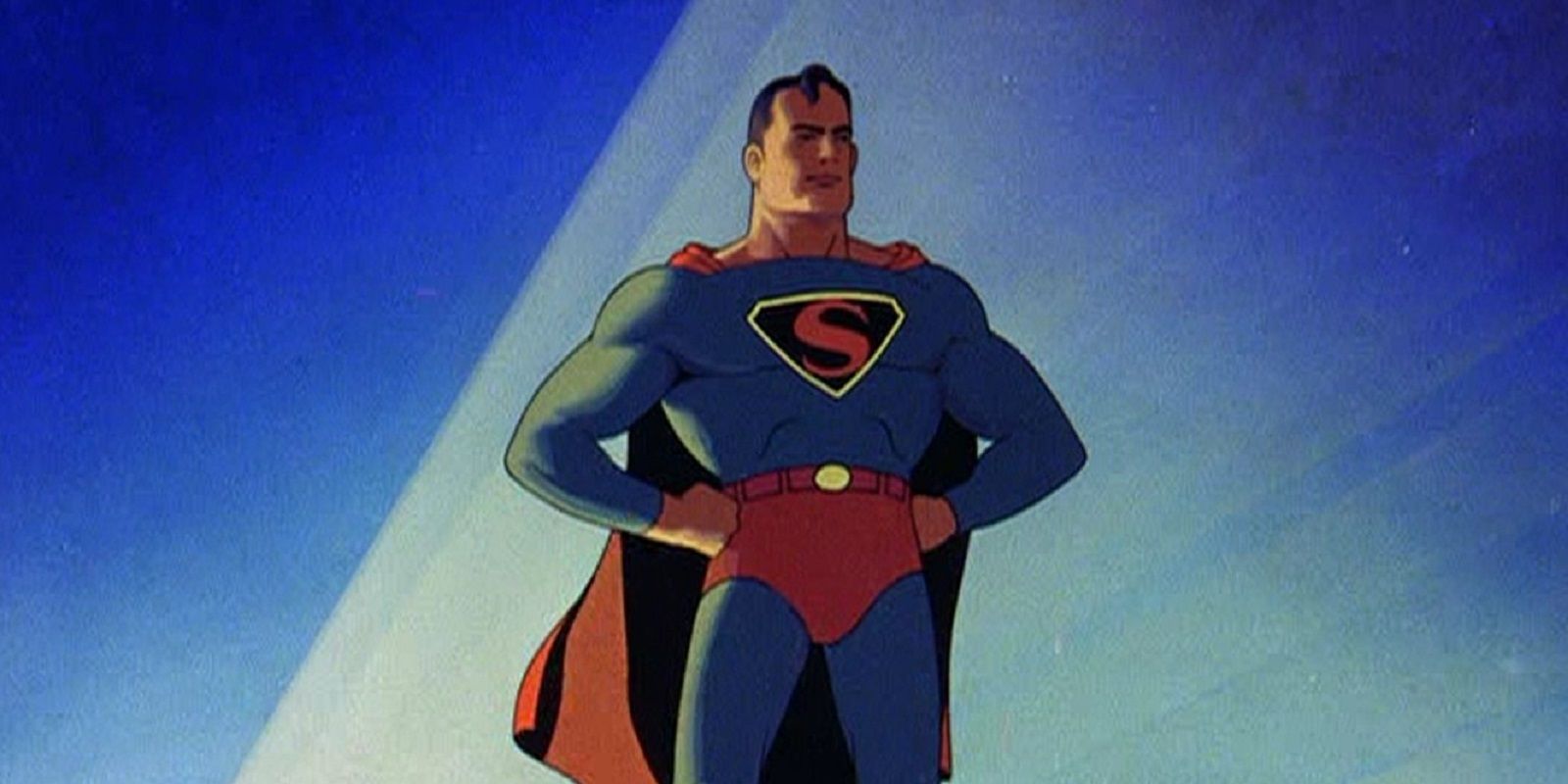While superhero movies are the biggest thing in Hollywood right now, that wasn't always the case. Despite the Superman movies of the ‘70s and the Batman movies of the ‘80s and ‘90s doing well, the average comic book fan could only get their fix through animated TV shows.
This led to the creation of some of the finest animated television series created, a tradition which stands to this day. While there have been a few hiccups along the way, including a laughably bad cartoon based on the adventures of Fantastic Four member The Thing, there are some animated adventure series which in many ways equal or surpass their big-budget, live-action, counterparts.
While some shows on this list are a little dated, or even incredibly camp, by today’s standards, there’s no denying that they each added a great deal to the ever-developing genre of superhero entertainment.
Considering factors such as: how good they look today, their popularity at the time, and their respect to the source material, here’s the 15 Best Animated Superhero Shows Ever.
15. Spider-Man And His Amazing Friends (1981-1983)
Unashamedly camp, Spider-Man and his Amazing Friends saw the famous wall-crawler team up with Iceman of the X-Men and Firestar, a new character created for the show. Originally, The Human Torch of the Fantastic Four was supposed to be in the show, but licensing issues prevented this and led to the creation of Firestar. Firestar would later join the comic books as a Hellion, New Warrior, Avenger, X-Man, and yes, an ally of Spider-Man, too. A full decade ahead of Harley Quinn, Marvel had an animated cartoon character take their place within the pages of the comic books.
While it featured often hilarious plots, including a Scooby Doo-style search for Aunt May’s lost dog, the show did feature some more serious pieces from time to time. While lacking the sophistication of many of the other cartoons on this list, Spider-Man and his Amazing Friends remains an important part of the history of the wall-crawler as well as a milestone in animation.
14. The Batman (2004-2008)
While The Batman never achieved the critical success, or fan following, of its predecessor, it was a great show in its own right for attempting to do something fresh with many familiar characters.
Batman himself was depicted as being younger than usual, having only taken up the mantle a few years prior to the beginning of the show. Most of Gotham is unaware of his existence, and those that are merely dismiss him as a myth. This allowed for Batman to meet his foes for the first time, and showed him honing his skills through a series of gruelling trials. His struggles to maintain a balance between his roles as a vigilante and a young businessman, often in one place when needed in another, made him relatable to a younger audience.
While often criticized for changes to the cannon (Batgirl debuting before Robin, for instance) The Batman managed to blend silver age stories with modern depictions of the characters although avoided the more adult themes of the comic books. There’s no Red Hood, or murder of sidekicks here. While the animation itself is straight out of Jackie Chan Adventures, it isn’t just for kids. Sure, there’s a lot of humour, but as a show that had a lot of action too, it shouldn’t be forgotten.
13. Teenage Mutant Ninja Turtles (1987-1996)
Teenage Mutant Ninja Turtles has aged pretty badly, but it shouldn’t be cast aside either. The theme song remains iconic (you’re humming it right now, aren’t you?) and many elements it added to Turtles cannon remain with the franchise to this day.
The original comic books were a parody of the dark and brooding comic books of the day, in particular Frank Miller’s run on Daredevil. Seeing the potential for the franchise, but wanting to take the ultra-violence down a few hundred notches, CBS created a kid-friendly show which dominated the pop-culture landscape of the early ‘90s in a way that only The Simpsons could match.
Despite the departure from the source material, Teenage Mutant Ninja Turtles added a lot to the franchise. The levity, especially from Michelangelo, remains a cornerstone of the franchise in the eyes of the fans. While the recent Out of the Shadows underperformed, Turtles is still a well-loved franchise and this show is a massive part of that.
12. The Incredible Hulk (1996-1997)
One of many shows on this list that only had one stand-out season, but it was one heck of a good season! Unlike many shows which focus on the hero trying to overcome foes and become a better hero, The Incredible Hulk was a surprisingly dark take on the familiar character that saw Bruce Banner’s self-loathing taken to the extreme. While the show did feature classic hulk villains such as The Leader, Abomination, and of course General Thunderbolt Ross, the main adversary of Brue Banner was The Hulk himself. Many episodes dealt with Banner attempting to keep moving to avoid capture as well as attempting to rid himself of The Hulk one and for all.
Surprisingly depressing for a show aimed at kids, The Incredible Hulk captured many of the themes from the long history of the comic books while avoiding the temptation to take a lighter tone. That is, of course, until the second season. The show was re-invented to include She-Hulk and became much funnier. Maintaining the all-out action of the first season, the second season toned down Banner’s self-loathing and he often chose to Hulk-out to deal with a foe. The lighter tone didn’t save the show and it was soon cancelled.
11. The Tick (1994-1996)
While The Tick was designed specifically to be a parody of superhero shows, it’s hilariously irreverent comedy and pinpoint writing make it, ironically, one of the best examples of superhero animation. While The Tick looks like a regular superhero with his costume, super strength, and animal alter-ego, his absurdity set him at odds with the more serious animated superhero shows of the ‘90s.
While the strengths of the show are what give it a place on the list, they are also the reason for its cancellation. The amusing parody did well with teen and adult audiences, but the humour went over the heads of the kids. Like many animated shows, its survival was dependent on sales of the tie-in toyline and the kids of the era would rather buy Turtles, X-Men, and Batman toys. The toyline failed, and the show was toast. Had the kids of the ‘90s been able to appreciate the off-centre humour, we may have had several more seasons of what was one of the funniest shows of the ‘90s.
10. Superman (1996-2000)
Superman had the bad luck to debut between the incredibly popular Batman: The Animated Series and Justice League, which meant it was always going to struggle to find its own identity. But where Batman had gone dark and brooding, Superman went big and bright! While still character-driven, it didn’t skimp on delivering massive action pieces in almost every episode.
The show also wisely made use of Superman’s many adversaries. Instead of merely trolling out Lex Luthor at every turn, we saw Darkseid, Mongo, and even Doomsday. It even featured Superman’s great supporting cast, with the voice actors capturing everyone from Jimmy Olsen to Perry White perfectly.
As part of the Bruce Timm universe of DC animation, it led in to Justice League and many of the plot points from this show laid the groundwork for the recurring plots of that show. Lex Luthor’s schemes, Doomsday’s return, they all started here with the epic solo adventures of the Man Of Steel.
9. Astroboy (1963-1966)
Originally airing on Fuji TV in Japan, Astroboy is one of the most significant pieces of animation on this list as it introduced western audiences to Anime and Manga. Decades before teenagers adorned their rooms with posters of Ghost In The Shell or Akira, the adventures of Astroboy gave a new audience a taste of what was to come.
Set in a world where robots and androids are not just commonplace but ubiquitous, Astroboy follows the adventures of a human-like android who was modelled after the late son of his creator, Doctor Tenma. Astroboy didn’t quite fit in to society as either a boy or a robot and his adventures often featured him trying to find his place in the world as he faced off against evil robots and even humans at times.
There have been a few attempts at remaking and rebooting Astroboy, with a big budget CGI movie a few years ago, but they lacked the charm of the original which always managed to capture a whimsical style along with the action-packed adventures.
8. The Super Friends (1973-1986)
Few shows are as pervasive in modern pop-culture thirty years after the completion of their initial run than The Super Friends. Often referenced in shows such as Family Guy, and still selling toys based on the characters and settings, The Super Friends are almost as famous now as when they were on TV the first time around.
Initially a goofy kid’s show that featured simplistic plots, The Super Friends evolved as the comic books that inspired it did. While the ‘70s shows featured wacky adventures teaming the Justice League up with kid-heroes like Marvin and Wendy, later shows featured The League becoming more focussed on battling interstellar enemies such as Darkseid and The Legion of Doom.
As the show dealt with more and more serious threats, the tone saw a gradual shift towards more serious interpersonal themes. As one of the Saturday morning shows with the longest runs, it served to bridge the gap between the goofy shows of the ‘70s and the darker and more serious Bruce Timm shows of the ‘90s.
7. Batman Beyond (1999-2001)
In 1986 Frank Miller wrote The Dark Knight Returns and introduced an older Bruce Wayne, one who had retired years earlier, but back in the role of Batman to deal with a new generation of threats. It was hugely popular at the time, and remains so to this day, but was far too violent to adapt into a Saturday morning cartoon. Still, producers saw the glimmer of an idea and re-tooled the aged Bruce Wayne to serve as a mentor to a new Batman. This hero wasn’t a former sidekick, like Robin or Batgirl, but a new hero and one that took the mantle of The Batman and made it his own.
The new Batman, Terry McGuinness, was very different from his predecessor. Armed with a futuristic suit, equipped with jet-boots and more gadgets than Bruce Wayne ever had, Terry was a much more tech-based hero. This reliance on technology served him well in the futuristic steam-punk world of Gotham of the far future. The new era saw new foes, and while they were not as iconic as the original Batman’s they served up enough threats to keep audiences on the edge of their seats.
6. Avengers: Earth's Mightiest Heroes (2010-2013)
Another show that had a stand-out first season, but struggled with the second one. Earth’s Mightiest Heroes initially duplicated the silver age stories from Stan Lee himself, while blending them with modern storylines and characterizations. The classic Avengers roster was in place with Captain America, Iron Man and Thor taking centre stage along with Hulk, Black Panther, Hawkeye, Wasp, Ant Man, Vision and many others joining as the show progressed. The true strength of the show was in showcasing the wide variety of Marvel villains, with everyone from Baron Zemo to Gravitron getting some screen time. Whereas the Marvel movies have often been criticized for poor villains, here they were all totally on-point.
Season 1 saw the team form in response to a massive jailbreak, similar to Brian Michael Bendis’ New Avengers run on the comic books. The season also followed the subtle manipulations of Loki, as he sought to usurp Odin’s throne, leading to a multi-part epic in Asgard and several other parts of the nine realms.
Season 2 was mostly occupied with an adaption of the then-recent Secret Invasion storyline featuring The Skrulls. It didn’t work as well as the first season, largely due to the team becoming fractured and adversarial. While the season recovered towards the end, it didn’t do well enough to merit a third season.
5. Young Justice (2010-2013)
Some of the best animation and storytelling on this list makes Young Justice a modern classic. Set in a different universe to the familiar Bruce Timm animations, Young Justice simultaneously used a younger cast of teen heroes as well as more mature stories. Themes of abandonment, post-traumatic stress, substance misuse, and even the death of young team mates were all dealt with.
Cast members Superboy, Miss Martian, Aqualad, Kid Flash, Artemis, Robin, and many more all had moments to shine as well as grow and develop as they came to terms with their place in the world and to become the next generation of heroes, following in the footsteps of The Justice League.
Famously, Young Justice was cancelled after season 2, with many complaining that they would never see a resolution to the Warworld plot or the long-standing storyline featuring the “Light” and their plans for global domination. However, thanks to numerous fan petitions and groups such as “Young Justice needs a season 3” on Facebook, a third season was announced on the 7th of November 2016 delighting fans all over the world.
As for what will happen next, we will finally find out.
4. Justice League / Justice League Unlimited (2001-2006)
Having already established both Batman and Superman in separate cartoons, the next logical step was to unite them with the rest of the Justice League in what would the most ambitious animated series ever produced.
Justice League, and its follow-up series Justice League Unlimited, explored the wider mythos of the DC universe in a way that was unprecedented. Featuring some stories that were lifted straight out of the comic books as well as coming up with some totally fresh material, Bruce Timm and his stable of writers produced a flawless run of action, humour, and adventure on an epic scale.
When the original show was reformatted into Justice League Unlimited, it not only gave the audience epic scale battles from across the DC universe, but it also questioned the role of an all-powerful super team. Were they the heroes of the world? Or were they on the verge of becoming benevolent dictators? Not only was it one of the best animated stories of all time, it was one of the greatest Justice League stories ever.
3. Spider-Man (1994-1996)
Spider-Man was a surprisingly tough sell. Following on from the mega hits that were Batman: The Animated Series and its own sister-title, X-Men, Spider-Man did nevertheless manage to develop a loyal fan following.
In its first few seasons, Spider-Man was a love letter to the silver age while also managing to feature iconic ‘90s characters like Venom and Carnage. Long-term comic fans often complained that the established continuity of the comic books was being bent a little too far, but the overall tone of the series was still the familiar mix of action and humour that have long been part of the character.
Like the Spider-Man comics of the ‘90s, the animated series went off the rails after the introduction of overly long and complicated storylines that involved numerous plot twists and the ever-troubling and ever-present clones. A reduced budget in the later series saw several action sequences recycled from earlier seasons, signalling the end was near. All things considered however, the show managed to attract a new generation of fans to the character and his massive rogues gallery.
2. X-Men (1992-1997)
While the animation is heavily dated by today’s standards, X-Men wisely stayed close to the then-current visual appeal of the early ‘90s comic books. Borrowing from the many years of continuity, X-Men managed to capture the storylines as well as the moral ambiguity of characters such as Magneto and the inner torment of Wolverine perfectly.
While the show featured the main cast of the comics of the era, it also featured cameo appearances from almost every major hero and villain from the comic book’s history. Early storylines involving Magneto and the Sentinels managed to establish the team’s place as a band of outlaws, hated and feared by the world around them, while not getting bogged down by the convoluted politics of the ‘90s comic books.
While several seasons had long running arcs, often involving the plans of Apocalypse or Sinister, many episodes were stand alone and dealt with individual characters coming to terms with their often-tragic pasts. While the comic books are well past their ‘90s glory days, X-Men serves as a reminder that the franchise was once the best-selling comic book in the world, and could be again.
1. Batman: The Animated Series (1992-1995)
There really couldn’t be a different number one. Bruce Timm’s Batman: The Animated Series is an example of everything done right when it comes to adapting comic book franchises. Borrowing some aesthetics from the then-recent Tim Burton Batman movies as well as the silver age of Batman comics, Batman: The Animated Series looks as good now as it ever did. For many fans, the show redefined the character and aesthetics more than any single run on the comics.
While many actors have given their talents to voicing Batman, Kevin Conroy’s remains the favourite for almost all fans. Many even put Conroy’s performance above Bale’s or Keaton’s as the definitive Batman. However, he wouldn’t be Batman without The Joker and Mark Hamill’s Joker stands equal to Nicholson’s or Ledger’s as one of the greatest takes on the character.
While the show took stories straight out of the comics, it also provided new material that the comics were keen to incorporate the Joker’s Sidekick Harley Quinn that is now one of DC’s most popular characters.
It’s hard to overstate the importance of this show as it remains a flawless adaptation that nothing has come close to improving on.
Honourable Mention: Max Fleischer's Superman cartoons from the 1940s
While not an animated series exactly, the Max Fleisher animated short movies from the 1940s set the standard for mature comic book adaptations for years to come. Visually stunning, especially considering they were produced in the ‘40s, the Fleisher studio’s productions proved that comic book properties could be successfully adapted into other mediums without a loss in quality storytelling.
The animated shorts were played before major features in theatres, often surpassing the movies they were there to support. In fact, they did receive Academy Award nominations, a feat that comic book movies rarely manage in the modern day.
Perhaps the greatest achievement of the Fleischer Studios Superman series was that they showed that serious, indeed Oscar-worthy, animation could be achieved outside of Disney and could be applied to stories influenced by comic books. The visual flair of Superman levelling mountains with a single blow aside, the animated shorts also managed to capture - and create - familiar elements of Superman’s mythology. There were quiet, character-driven moments that remain part of modern adaptations, proving that while often forgotten, these stories still live on in the lifeblood of modern storytelling.

